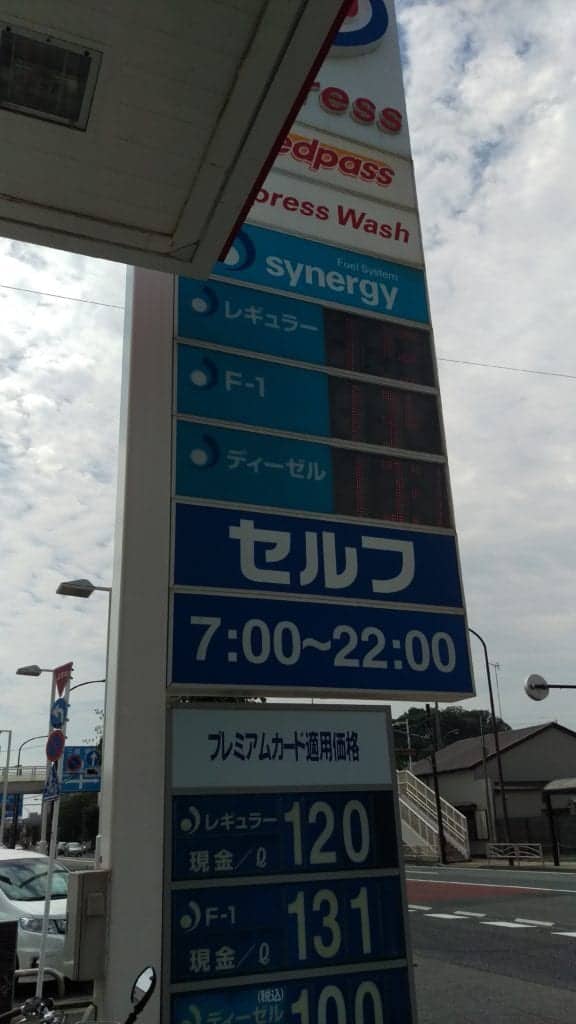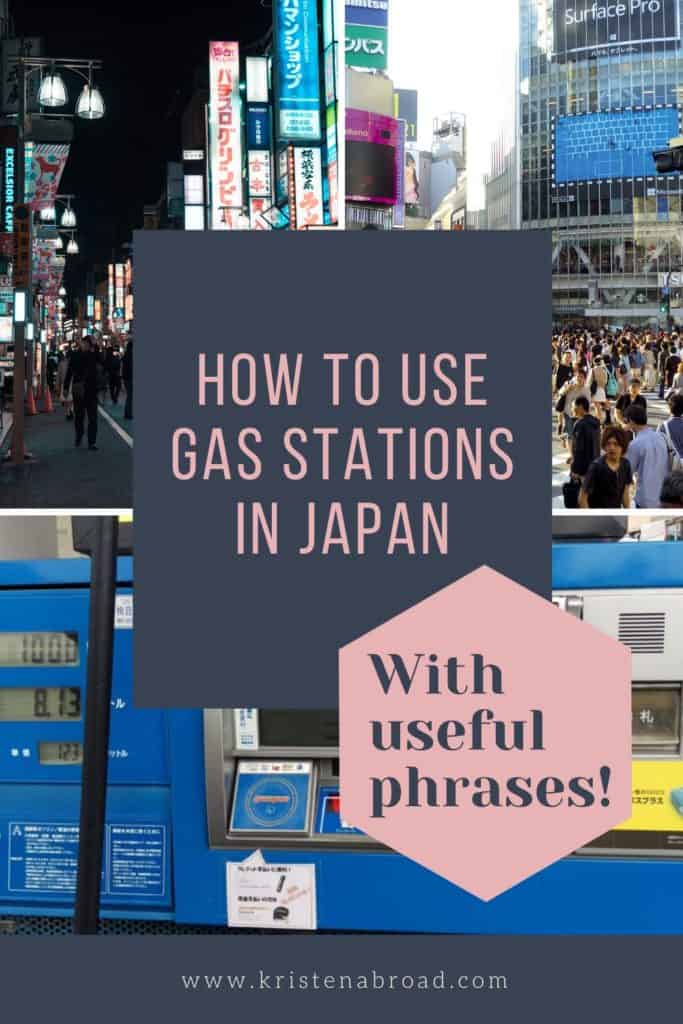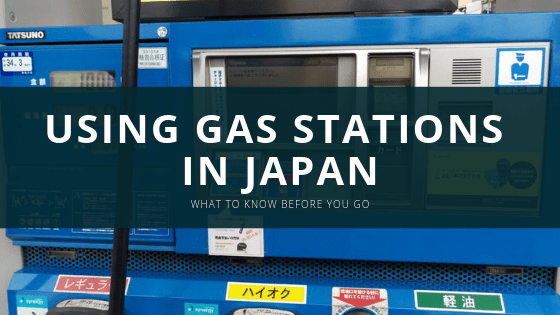While Japan has some of the best public transportation in the world (trains and buses are my go to form of transportation), some rural areas are easier to get around by car. You’ve done your due diligence and gotten your international drivers license, but now you’re worried. Is there anything you need to know about using gas stations in Japan?
[Editor’s Note: This post was originally published in June of 2016 and has been updated for freshness, accuracy and comprehensiveness.]
Where are the gas stations in Japan?
If you are on regular roads, finding the nearest gas station is going to be best to check Google maps or your map system of choice. Another option is if you’re vehicle has a GPS system you can also search that way. However, there has been a decline of gas stations so it might be prudent of you to plan ahead.
If you are driving on a highway in Japan, there are going to be exorbitant tolls to deal with. As such, you don’t get off the highway or you’ll get dinged more than once. There are GREAT highway rest stops called Michi-no-eki. Total in Japan are nearly 1200 of these “roadside stations” on the highway system. You’ll be able to do nearly everything there, from filling up, to stretching your legs, having a nice meal and even some shopping!
Quick Japanese lesson for use at Gas Stations/ Petrol Stations in Japan
Yes, I’ve added petrol because I feel the rest of the world uses that more often than not! Here are some Japanese words that you might find helpful while using petrol stations or gas stations in Japan:
- ガソリンスタンド – Gasoline Stand, the actual name they go by in Japan based on English
- セルフ – Self for “self service”
- フル – full for “full service”
- 満タン, mantan, fill the tank
- 現金で, genkin de, with cash
- クレジットカードで, Kurejito Kaado de, with a credit card
- レギュラー, regyura-, regular
- ハイオク, hai-oku, high octane (this might be my favorite use of katakana)
- 軽油, keiyu, diesel
Using gas stations in Japan
If you noticed from the above Japanese lesson, you’ll see both full and self service options.
Full Service
More times than not, you’ll probably see full service stations so there will be no need to do anything except pull up and roll your window down to talk to the attendant. Yes, I just said speak Japanese!! Don’t worry I’ve got you covered.
Once entering the station, an attendant will direct you to the proper spot (often, the pumps are hanging from the overhead). Roll down your window and turn off your car. You can then use a combination of the words above. “レギュラー, 満タン, クレジットカードでお願いします” or “re-gyu-ra, mantan, kurejito kaado de onegaishimasu”. “I’d like my tank filled with regular and I’ll pay with a credit card”.
They will normally clean off your windows while you wait (no tipping in Japan, even here) and after running your credit card (as in the above example) or cash, will bring you a receipt. The attendant will normally tell you the best way to get back out of the station as well.
Self Service
If you happen upon a self service center, check the above that you get the correct product for your vehicle. In the below picture, red is regular, yellow is high octane and green is diesel.
Also, there’s most likely a cash option right at the pump. Japan is a mostly cash society and saves some of the stress of wondering if your foreign credit card might not work with the machine.

The first time I used self service was a little nerve racking as I didn’t know what to expect or how it would work but I got through the couple pages of prompts on the pump and was on my way. If you’ve filled up in your home country, it’s not much difference.
Gas Prices
If you are coming from the states, be ready for some sticker shock. Remember that units of issue are in liters, not gallons. 1 Gallon = 3.78 Liters.

That’s 120 yen A LITER (this picture is a few years old, at update the prices were even higher). Quick math people! 1 L = 3.78 Gal, so with the going exchange rate that’s $4.32/gal.
Like this Post? Pin it for later


Gallons to Liters conversion is wrong:
1 US Gallon = 3.78 Liters.
Dyslexic strikes! Thanks for pointing out the swap, it’s fixed now :).